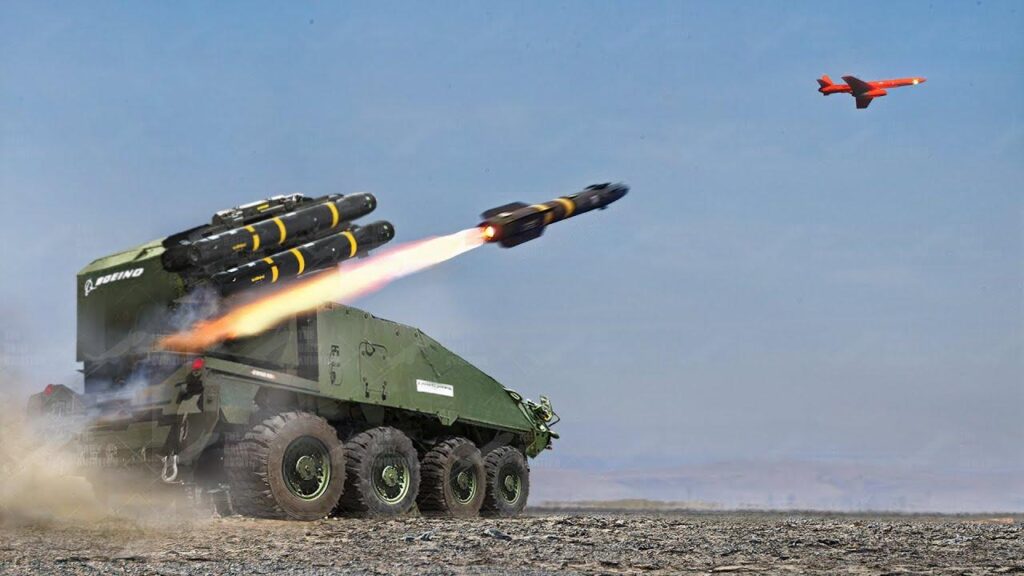In the relentless landscape of modern warfare, Ukraine’s President Volodymyr Zelensky has unveiled a bold strategy that could redefine military technological innovation. As the conflict with Russia persists, Zelensky’s ambitious drone procurement plan signals a potential turning point, promising to transform aerial combat through sheer numerical superiority and strategic deployment. In a strategic move to bolster military capabilities,Ukrainian President Volodymyr Zelensky has unveiled ambitious plans to dramatically expand the country’s drone arsenal. The announcement signals a significant shift in military procurement and technological adaptation during the ongoing conflict with Russia.
Sources close to the presidential administration reveal that multiple international partnerships have been established to secure a massive influx of unmanned aerial vehicles.These agreements represent a calculated response to the evolving battlefield dynamics, where drone technology has emerged as a critical component of modern warfare.
The procurement strategy encompasses various drone classifications, ranging from reconnaissance platforms to strike-capable systems. Manufacturers from multiple countries, including Turkey, the United States, and European nations, are reportedly involved in these extensive supply contracts.
Military analysts suggest that the substantial drone acquisition represents more than just numerical expansion.Each system brings elegant capabilities that can provide strategic advantages in surveillance, targeting, and precision strikes. The technological diversity of these platforms allows Ukrainian forces to create multi-layered defense and offensive capabilities.
Zelensky’s commitment to drone proliferation reflects a broader understanding of contemporary military requirements. By investing heavily in unmanned technologies, Ukraine demonstrates its ability to adapt rapidly to changing combat environments and leverage technological innovations.
The procurement initiative is expected to substantially enhance Ukraine’s defensive posture. Drone networks can provide real-time intelligence, monitor critical infrastructure, and offer advanced early warning systems against potential incursions.
Financial and logistical details surrounding these agreements remain strategically confidential.However, initial reports indicate substantial investments aimed at creating a robust and flexible drone ecosystem that can quickly respond to emerging threats.
Training programs are concurrently being developed to ensure Ukrainian personnel can effectively operate and maintain these sophisticated systems. This holistic approach underscores the comprehensive nature of the military modernization efforts.
International defense experts view these developments as a perhaps transformative moment in Ukraine’s military strategy. The ability to rapidly deploy numerous sophisticated drones could fundamentally alter battlefield dynamics and provide critical tactical advantages.
While specific numbers remain classified, Zelensky’s statement suggests a commitment to developing a formidable unmanned aerial capability that could reshape military engagement strategies. The focus on drone technology represents a forward-thinking approach to national defense in an increasingly complex geopolitical landscape.
The ongoing negotiations and agreements highlight Ukraine’s determination to leverage technological innovation as a strategic counterweight in the current conflict, signaling a new era of military preparedness and technological adaptation.








